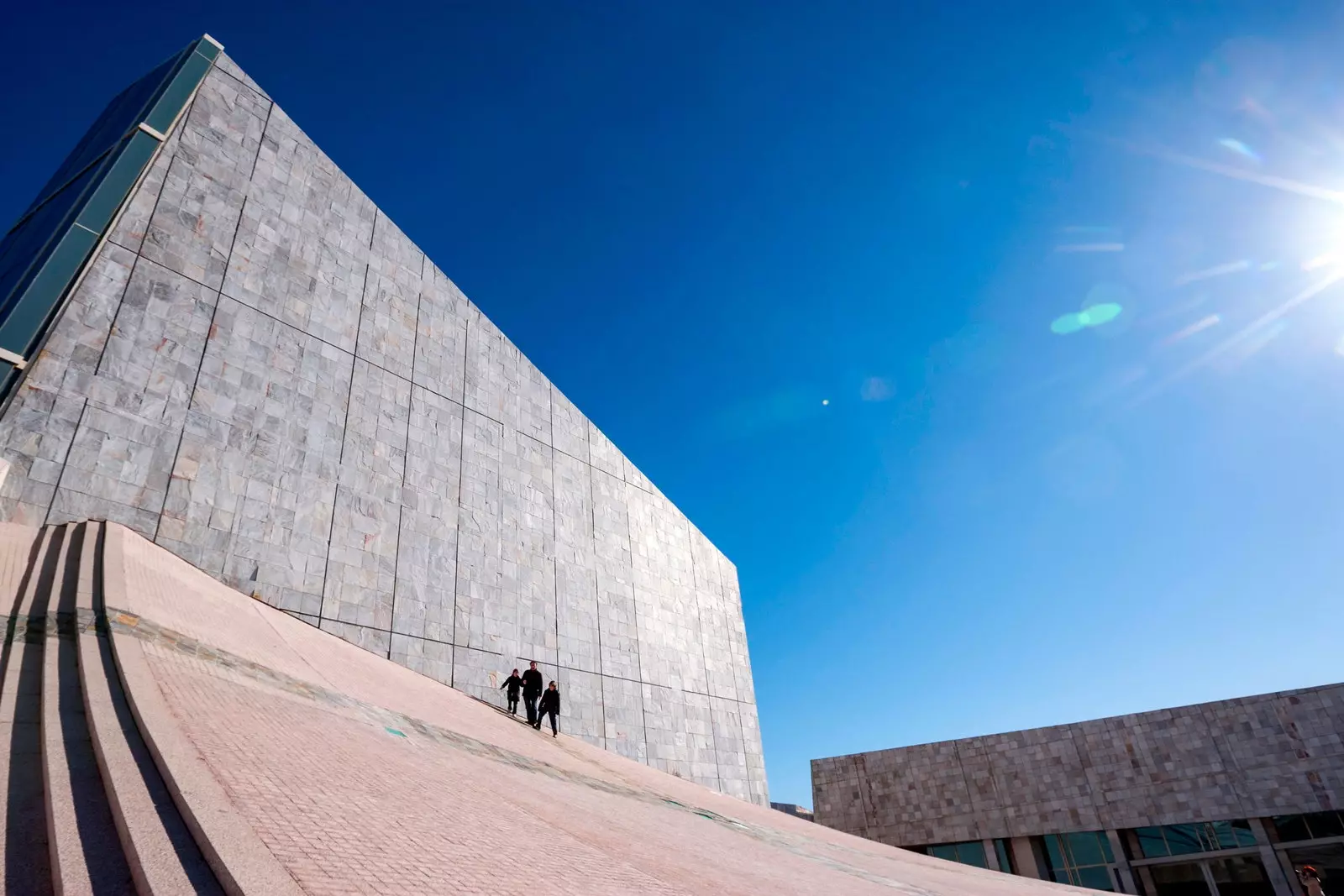
The Future Galicia is already happening
Explain how the Galicia of the future will be, That is the difficult mission that has fallen to two of today's most powerful disseminators: Deborah García Bello and Miguel Ángel Cajigal, better known by their Twitter aliases, @deborahciencia and @elbarroquista. Both are the curators of an exhibition that could be a turning point in the Galician and Spanish panorama: Galicia Futura: everything we are going to be.
Future. not futuristic, because, as Cajigal explains (beer in hand –non-alcoholic–, in the CGAC cafeteria in Santiago), "it has to be a useful exhibition, that gives ideas, that makes us consider the horizon that lies ahead, our way of thinking … We want to talk about the near, immediate future, about what can happen in one or two decades."
That is to say, of the future that is already happening, that is pure present and that many people ignore. Because the future is happening where one least expects it. García Bello explains this with a mussel.
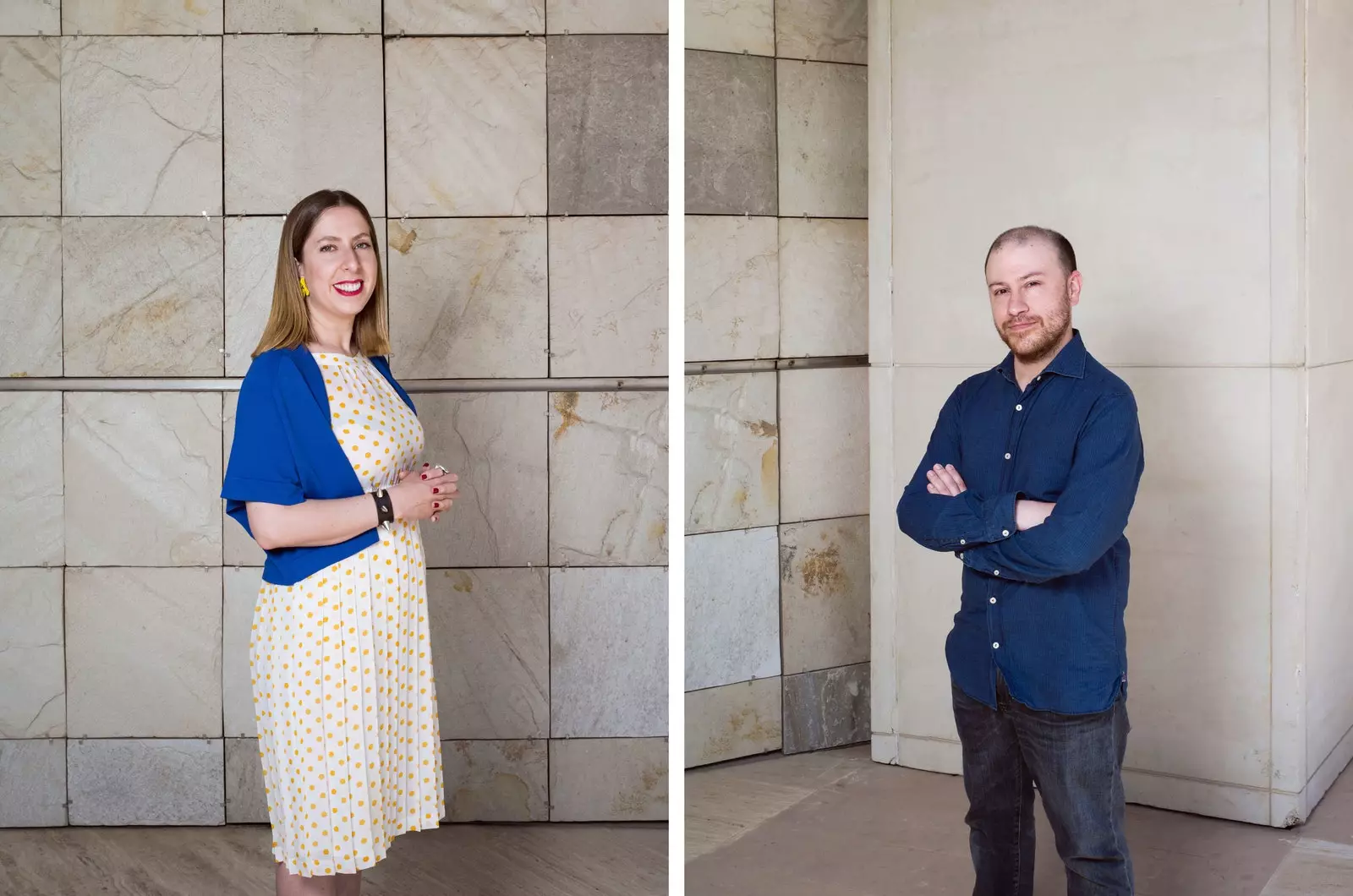
Deborah García Bello and Miguel Ángel Cajigal, curators of 'Galicia Futura'
According to the scientist by videoconference, this bivalve, so linked to Galicia, It is used for much more than to be paired with a glass of Albariño in the middle of the Rías Baixas.
Specifically, to put Galicia at the forefront in the field of genomics (the analysis of its DNA has made it possible to generate targeted therapies for neurodegenerative diseases) and for the creation of such innovative materials as reinforced concrete with mussel shells.
In a creative process worthy of a script by José Luis Cuerda, the residue left by the shells becomes the arid part of the concrete. A concrete that will build the houses (and works of art) of the future.
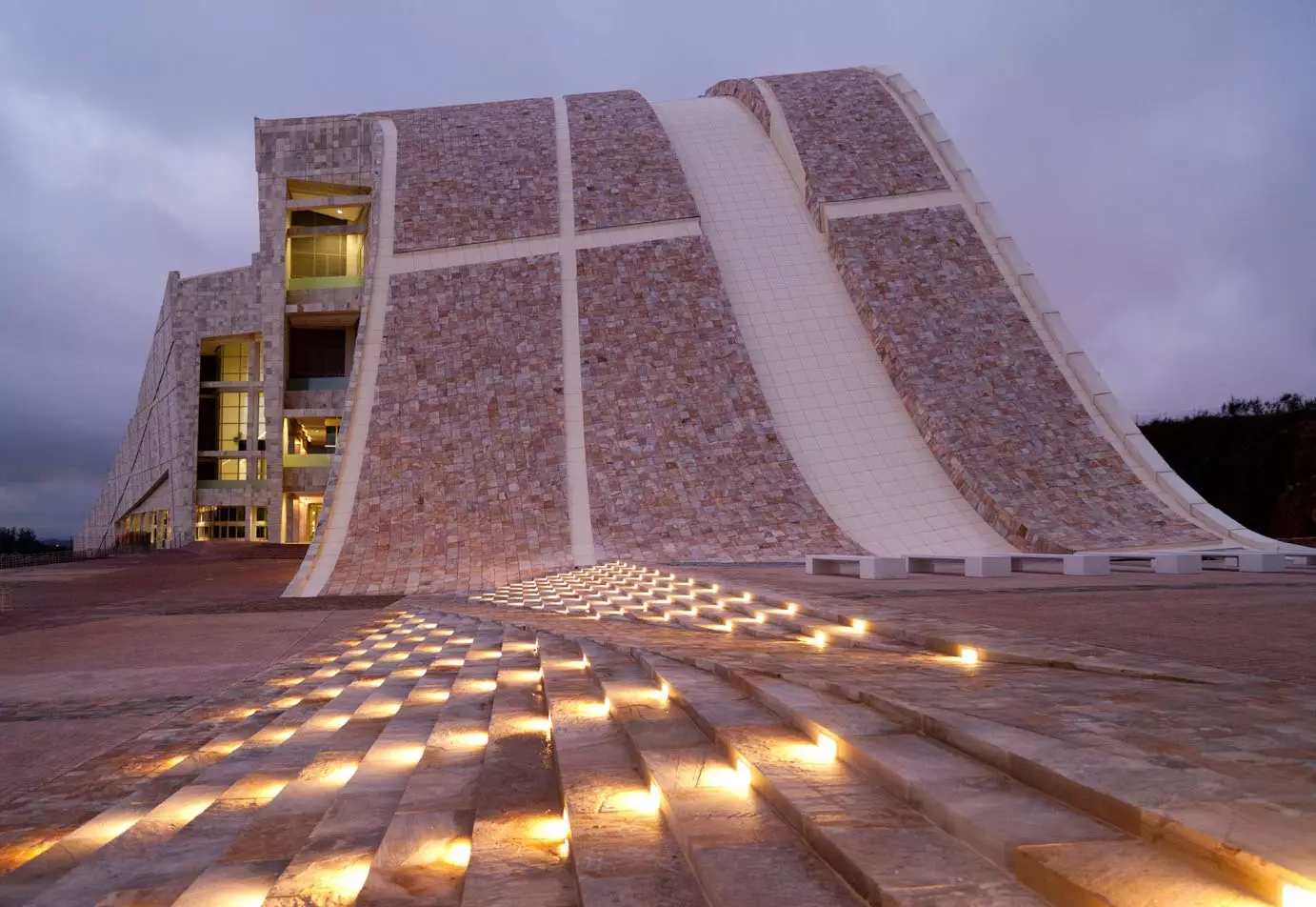
Welcome to the future (Galician)
Without moving away from the materials (a concept that will be very present in the exhibition), García Bello mentions another of the great recent scientific milestones in Galicia: perovskiña, a solid refrigerant that does not contribute to climate change or the greenhouse effect and that can replace refrigerant fluids.
Regarding the materials, Cajigal anticipates what will be the oldest piece of Galicia Futura: a prehistoric dagger. This dagger will not be by chance, but will have the mission of showing that "great advances in materials technology always cause great leaps in the future."
As an example of this, he cites the stages of prehistory, which we know from the material with which objects were made. "That great revolution is being cemented today. In Galicia, they are working on materials for the future, those that involve reducing the carbon footprint, recycling and building in ways that have less impact".
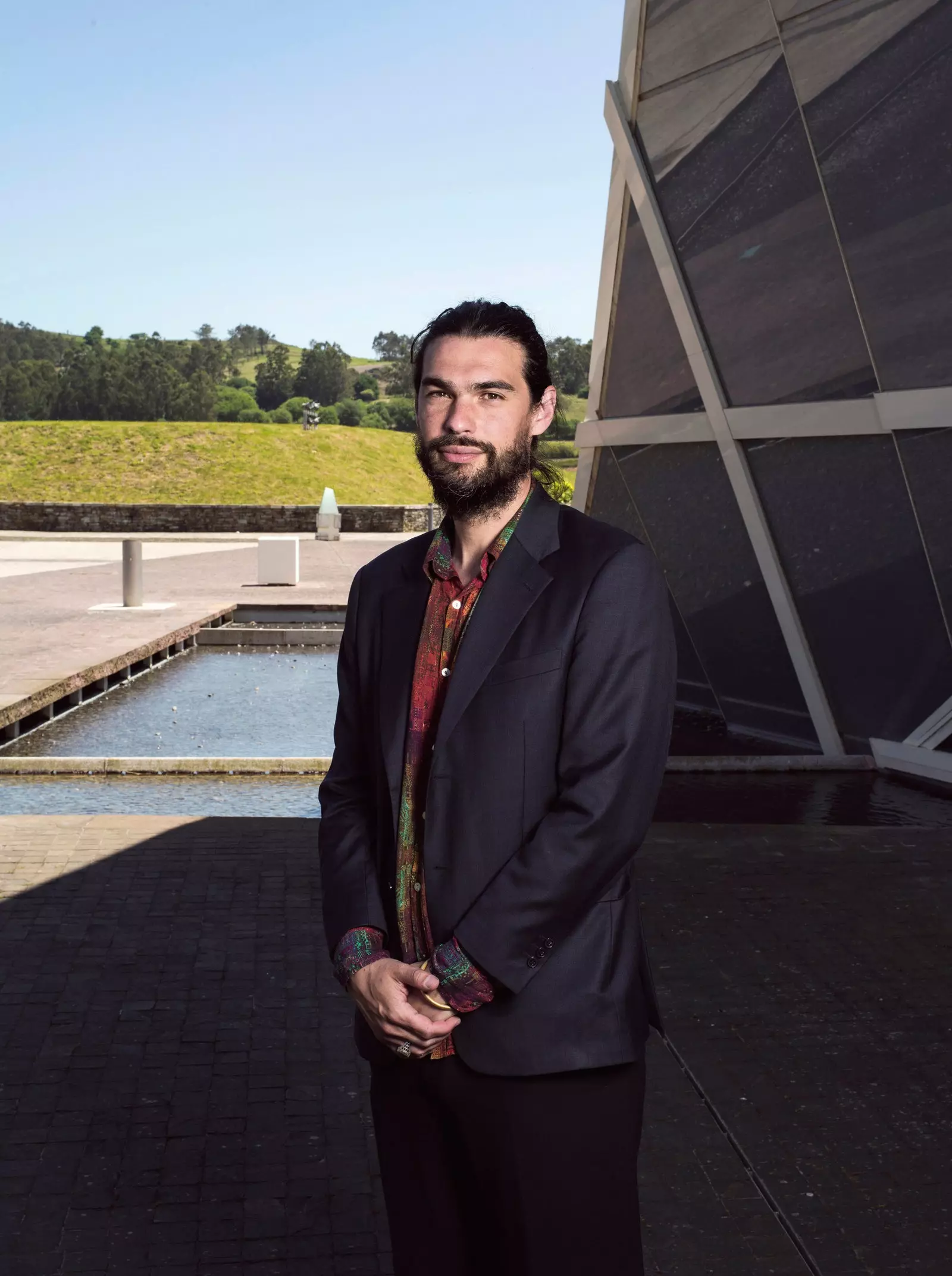
Filmmaker Oliver Laxe
And that is precisely what this exhibition is about: to show proposals, behaviors, creations (in the arts, in science, in gastronomy, in teaching, in tourism...) that cement ideas for the future, not only with the human being as the center, but also with an eye on our environment. And all this in a specific language code: that of art.
Deborah and Michelangelo, Despite having a multifaceted gene that allows them to embark on dozens of projects at the same time, they were aware that they could not achieve their goal by the two of them alone. Thus They elected 19 people who formed their advisory council, which put them on the track of those behaviors that make up the future.
Among the collaborators are names like filmmaker Oliver Laxe, Michelin star chef Lucía Freitas; scientists María D. Mayán, Carlos Salgado and Moisés Canle; the composer Wöyza or the professor of Contemporary History at the USC, Xosé Manuel Núñez Seixas.
A diverse group of brilliant minds spanning fields ranging from technology and agri-food to teaching or tourism.
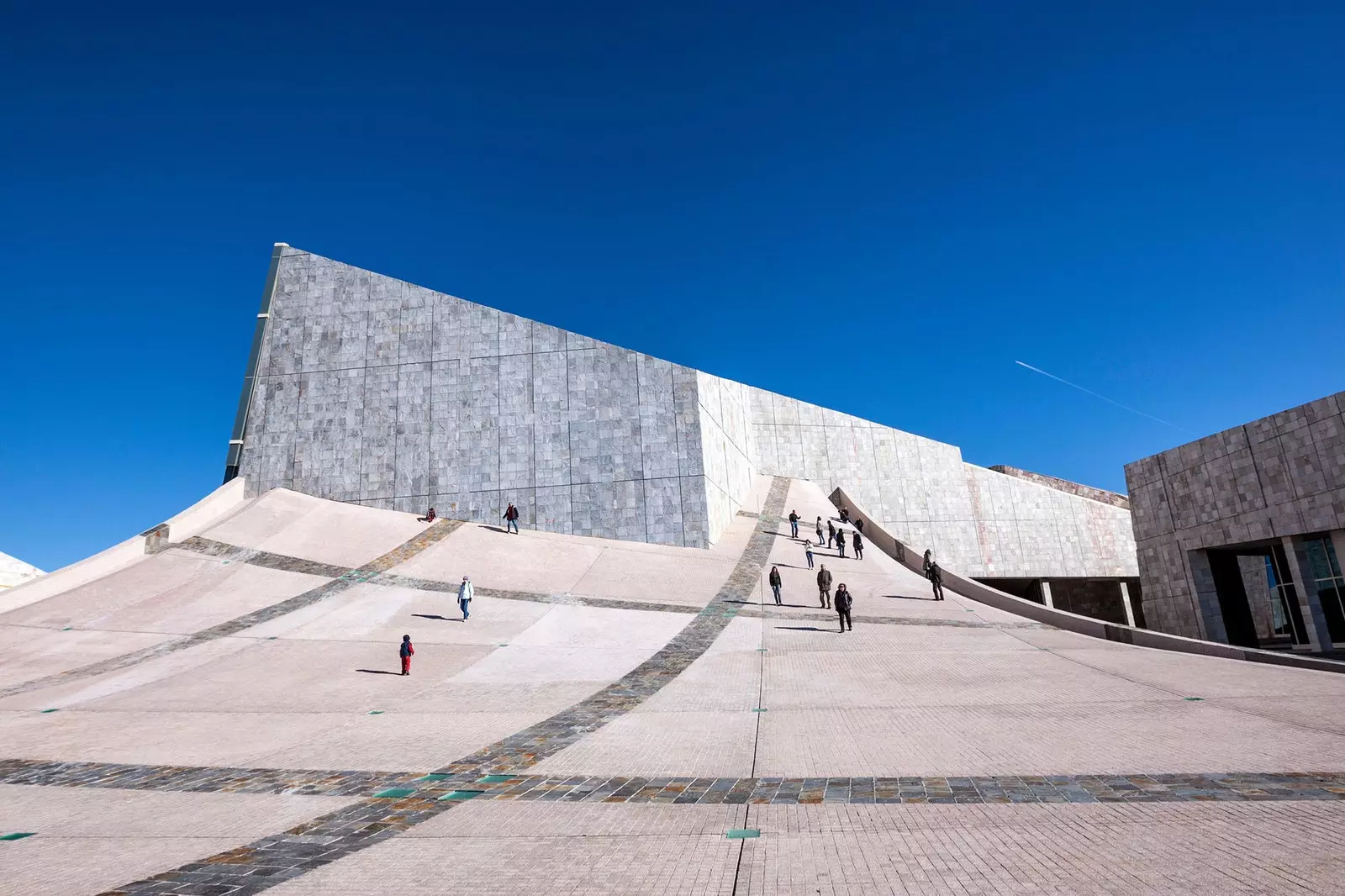
City of Culture (Santiago de Compostela)
AN EXHIBITION OF THE FUTURE FULL OF PAST (AND PRESENT)
To talk about the present and, even more, about the future, it is necessary to soak up the past. For this reason, Galicia Futura forms a triptych with the other two major exhibitions that have already taken place on the occasion of Xacobeo 2021: Galicia, a story in the world and Galicia from nos to nos. They explored the roots of the distant past and the recent past of Galicia and what the new exhibition is going to show was anticipated.
Seeking to establish a continuity in the story, the first piece to be found in Galicia Futura will be a tribute to the Geometric Chart drawn up by Domingo Fontán in 1834, which was present in Galicia from nos to nos.
It is a physical map of Galicia, the first made in Spain with mathematical measurements, which is why Cajigal explains that she "laid the foundations for the next two hundred years of Galician history, a fundamental pillar that allowed her to get to know herself and build what we are".
As the intellectual and politician wrote Ramon Otero Pedrayo , "Fontán was the first to achieve an outline of the face, until then misty and dark from Galicia". In the same way, a new scheme of the face of Galicia will appear in Galicia Futura, this time by Víctor Mejuto, who will reveal the coordinates of the future of the community (and, by extension, of Spain).
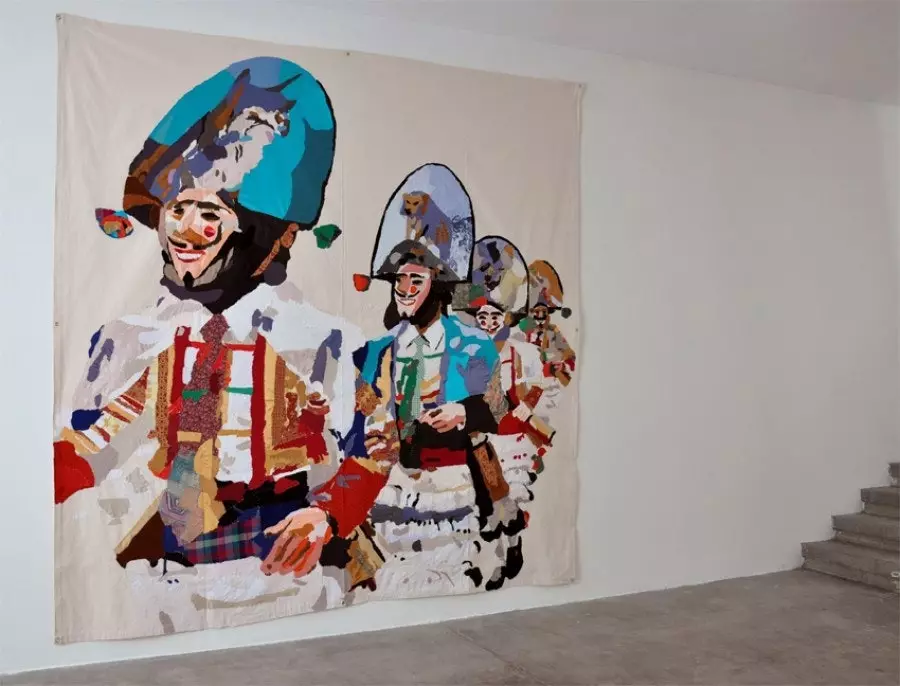
'Peliqueiros'. Cello Matesanz, 2007. VEGAP, Santiago de Compostela, 2021.
The past is also reflected in Galicia Futura through one of the inspiring bases of the project: the Laboratory of Forms by Luis Seoane and Isaac Díaz Pardo. The Laboratory of Forms was an interdisciplinary project promoted by both Galician intellectuals from Argentine exile in the mid-20th century, with the aim of rebuild the identity and memory of Galicia from the study and dissemination of existing forms in its history and tradition.
From the work of Díaz Pardo and Seoane, as explained by García Bello, identity concepts –with the recovery of own materials and shapes–; and transversality, where all forms of knowledge are connected.
This transversality will be reflected in Galicia Futura through its striking exhibition structure: a tapestry of cells where there will be no sections, but a combination of all fields of knowledge.
With the aim that "it would not look like the calendar of subjects of an institute", as Cajigal explains, this cell scheme will allow Get to know the different works in the exhibition (many created expressly for the occasion by some of the best artists in Galicia, such as Oliver Laxe, Marta Pazos or Rubén Ramos Balsa) freely and randomly.
In this way, the Centro Gaiás de Cidade da Cultura museum will become an immense multicellular being, an entity through which visitors can filter and access to the core of their cells.
The objective: to allow an interaction to be generated with each one of them and, perhaps, to provoke a lasting change at the exit, a change in the conformation of their thought schemes. Biology, art and dissemination merged in the same space.
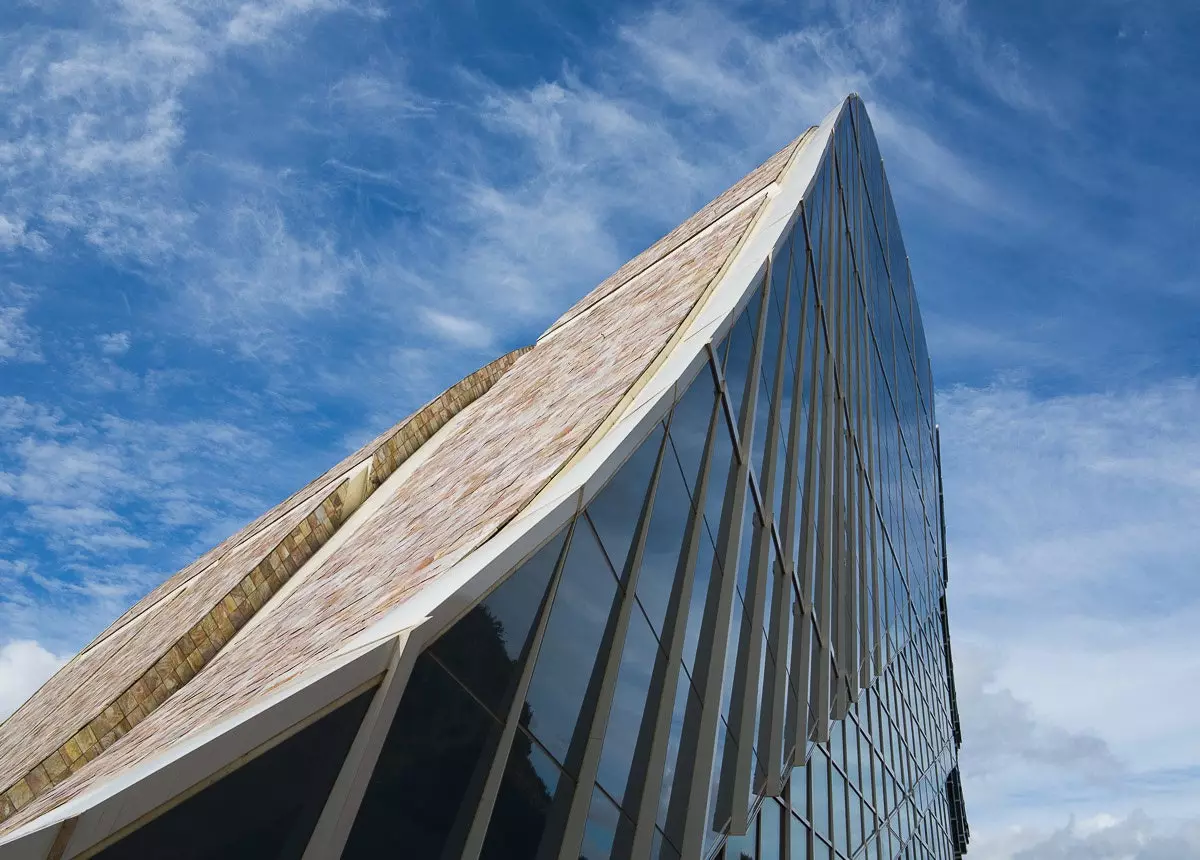
Gaiás Center Museum, City of Culture
HOW DO YOU IMAGINE THE FUTURE GALICIA?
When a Galician is asked this question, the answers may vary from "who knows… Why or questions? Of course, it will be bad…" to "full of eucalyptus".
These are some of the responses I got when posting that question in Facebook groups. That is to say: a high percentage of retranca, the same amount of trolismo mixed with political criticism, a small proportion of answers with a great component of daydreaming and a very small number of answers that were close to my initial objective: a more detailed analysis of what Galicia is now and in the future.
One of the artists who will be present at the exhibition, the photographer and journalist Rober Amado, gave some clues as to why these results were reaped by my question in his viral Love Letter to Galicia, created in video format for this same medium:
"It's good and, at the same time, bad. It's all here, well... It depends. Maybe that's why we answer with another question. As a way to see the glass half full" , declaims Amado in the video.
As the photographer explains in a telephone conversation, one of the negative points that exist in Galicia with regard to his own achievements is the tendency to a "sad and not too hopeful vision". To do this, he gives a personal example from his hometown, Ferrol: "'That's not going to work here': we've always had that phrase stuck in our heads, like a programming of failure. In Galicia there is a lot of potential and we don't quite believe it".
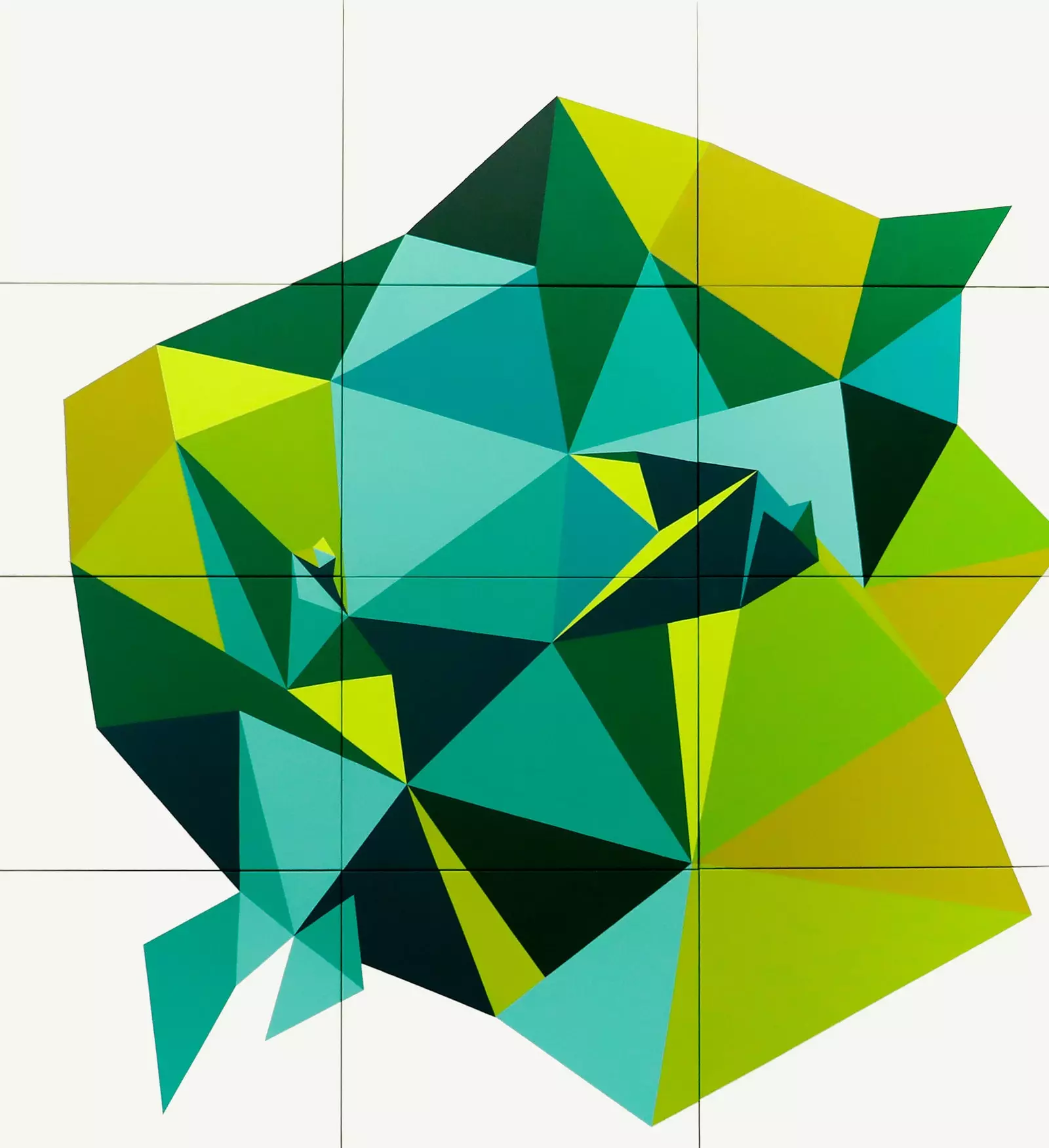
'Font'. Vítor Mejuto, 2018. Collection of the Galician Center for Contemporary Art.
For his part, Cajigal delves into the issue explaining that "Galician people have a pessimistic tendency, which, if it is installed as a posture, is especially toxic because it prevents you from seeing the possibilities around you".
This contrasts with something the historian explains: "In Galicia, actions that showed signs of the future have been criticized or seen as negative, behaviors that cemented those ideas that we want to show in the exhibition".
As an example, he mentions gastronomy: "Km 0 in Galicia has been practiced for a lifetime: it was subsistence. People served visitors pork from their farms and vegetables from their gardens. Before it was not as valued as it is now. They were actions with traces of the future, behaviors of the future that 20 or 30 years ago were seen in a negative way."
Garcia Bello, For his part, although he recognizes the lack of self-confidence as one of the defects present in the Galician personality, extends this pessimistic trend beyond Galicia. When asked if people are aware of the real situation of the community and its different potentials, he explains that it is "something quite Spanish, that need for external approval to value one's own".
However, with a sly smile, he confesses that the fact that people are not so aware of what is happening "is what is really interesting about the exhibition. I would like to awaken self-confidence and self-knowledge through her."
According to the scientist, it is difficult for "everyone to know everything that is happening in the different disciplines of knowledge and the challenge is, precisely, that anyone, from whatever field, sees himself represented and knows everything else".
That is the great objective of Galicia Futura, which is perfectly described in its cover letter: "to show what is being done from different areas of knowledge, to make visible how the connections between the different fields of knowledge allow us to understand their progression, search for the keys and strategies that are shaping the future of Galicia, transcend the walls of the Gaiás Museum and promote their own creative processes".
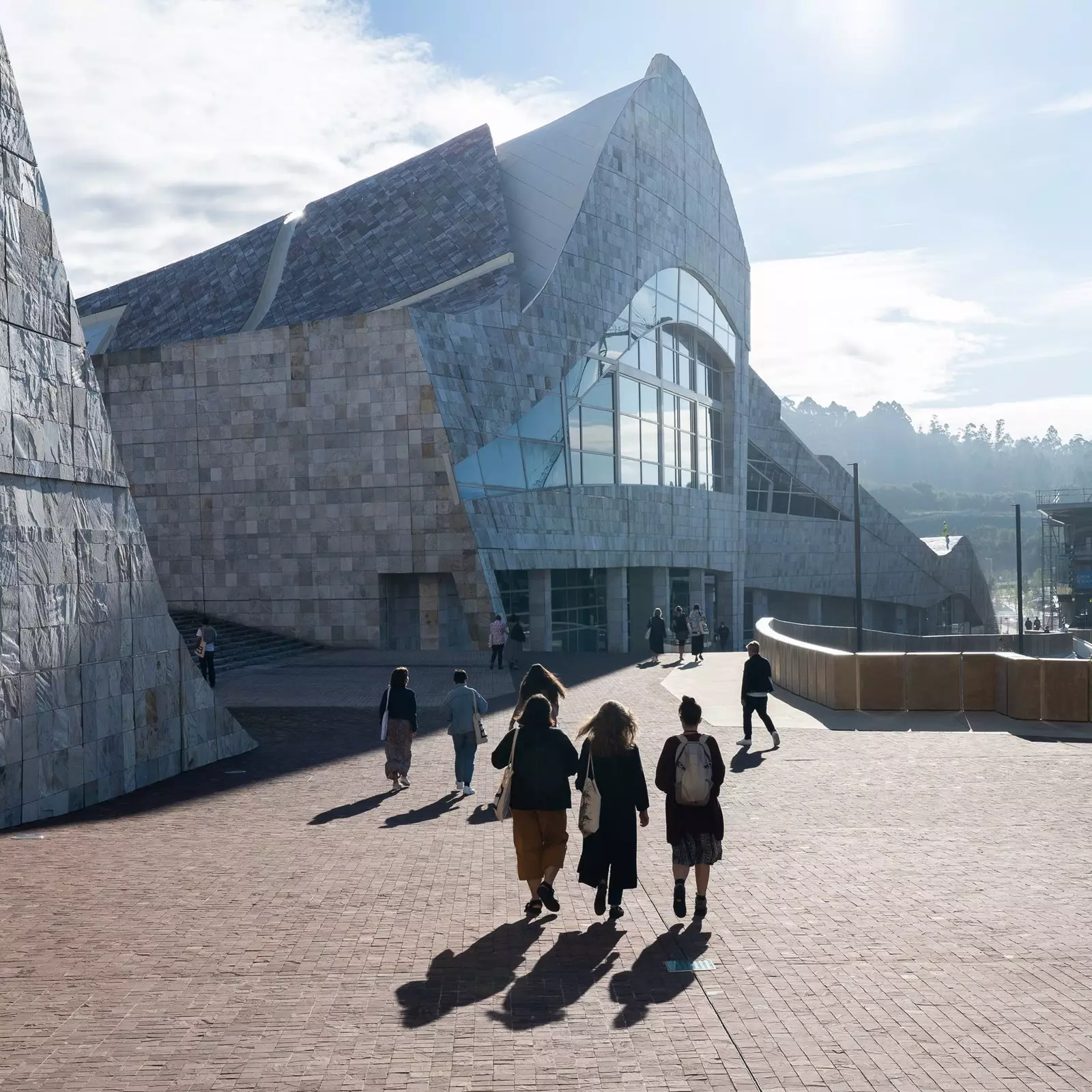
City of Culture of Galicia
Deborah and Miguel Ángel have created Galicia Futura, basically, because they are the Galicia of the present and, in the quantum time in which they are handled and that allows them to embark on dozens of projects at the same time, some clear exponents of the Galicia of the future.
They may be blamed for not including all the brilliant minds that exist within Galicia, but, of course, yes, they have tried to include all those necessary to explain their future.
And beware, because this exhibition is not going to say that everything is fine in Galicia (because it is not, there are quite a few things that need improvement, and a lot), but that everything that is good in Galicia can help new ideas arise. To correct trajectories. To trace behaviors for the future.
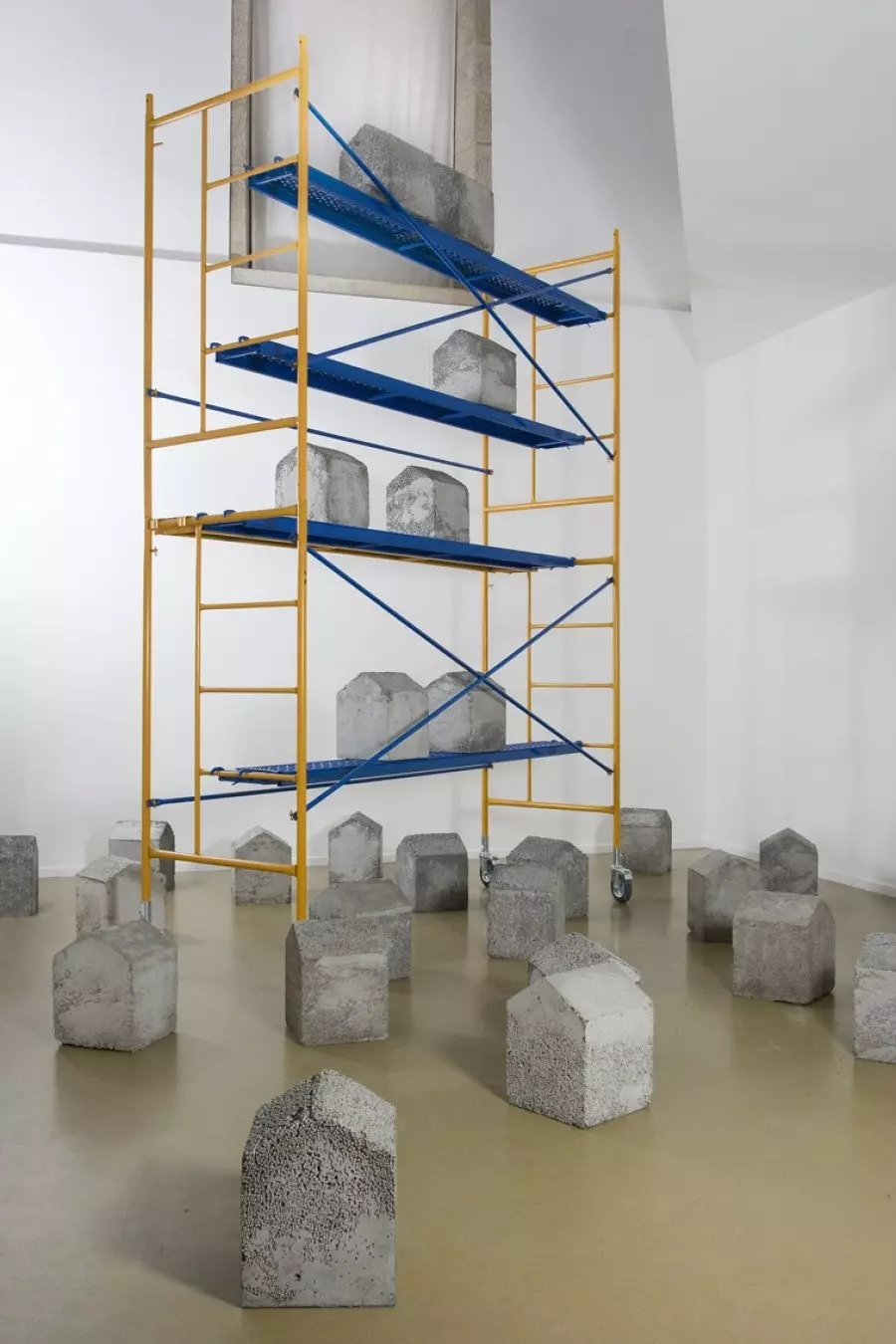
'O rapto da paisaxe'. Caxigueiro, 2006. Caxigueiro VEGAP, Santiago de Compostela, 2021
Finally, for those who are armed, lances at the ready, with the prejudices and criticisms of political and ideological discourse, to say that Galicia Futura is not about ideologies and political parties (neurobiology and perovskiña do not understand scrutiny), It's about human beings and what they have been and are capable of doing to launch us into the future.
From these lines I urge everyone (inhabitants, visitors, pilgrims) who pass through Santiago, to come to the Cidade da Cultura from July 14 and interact with its cells, because what is going to happen there is going to be much more than entertainment. It will be pure evolution.
